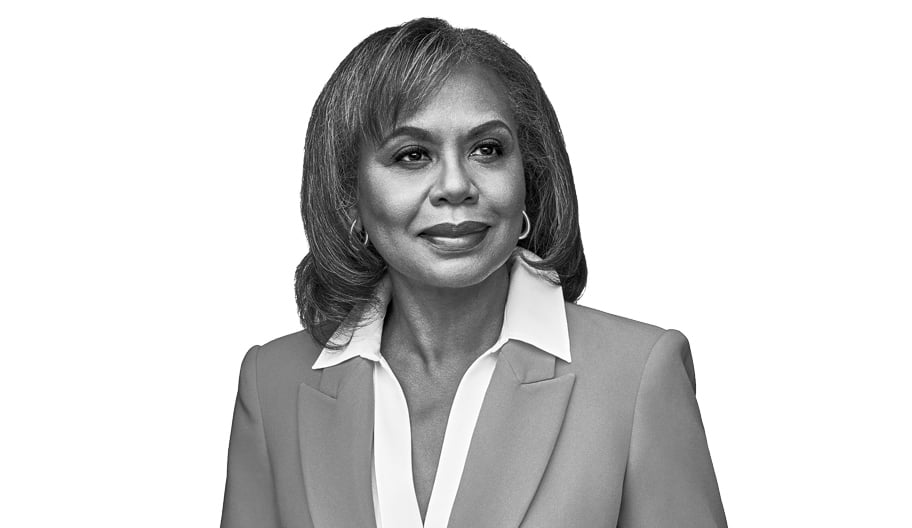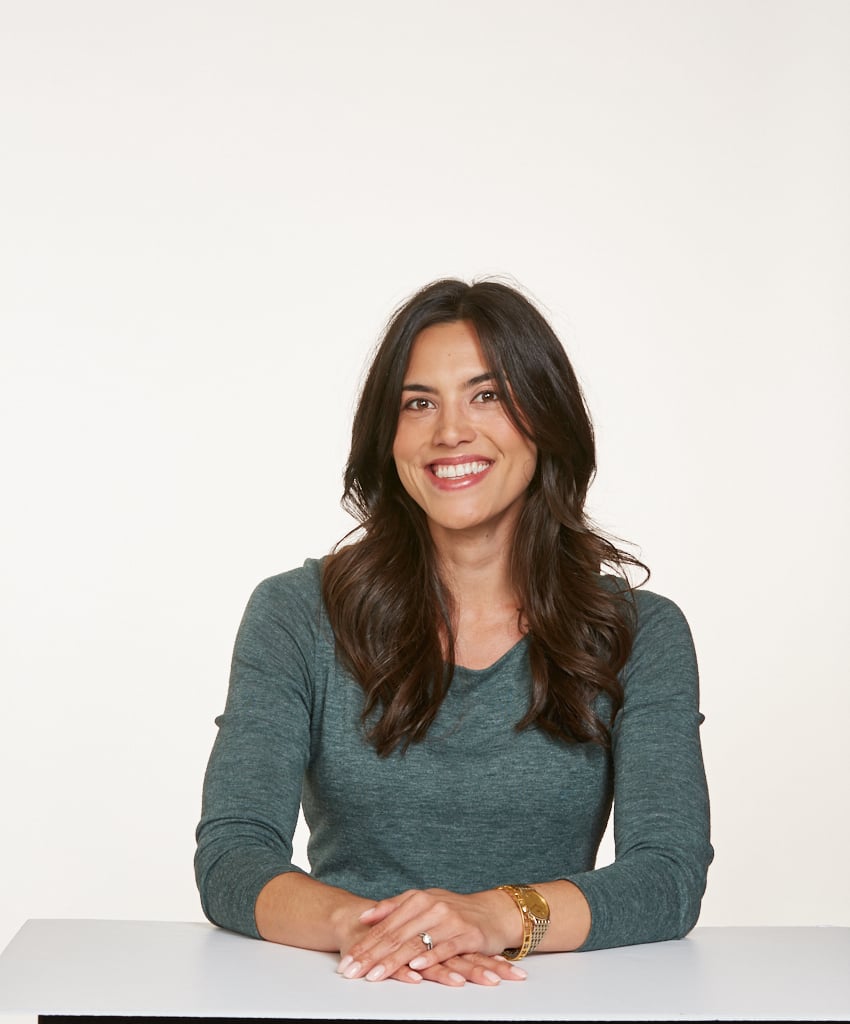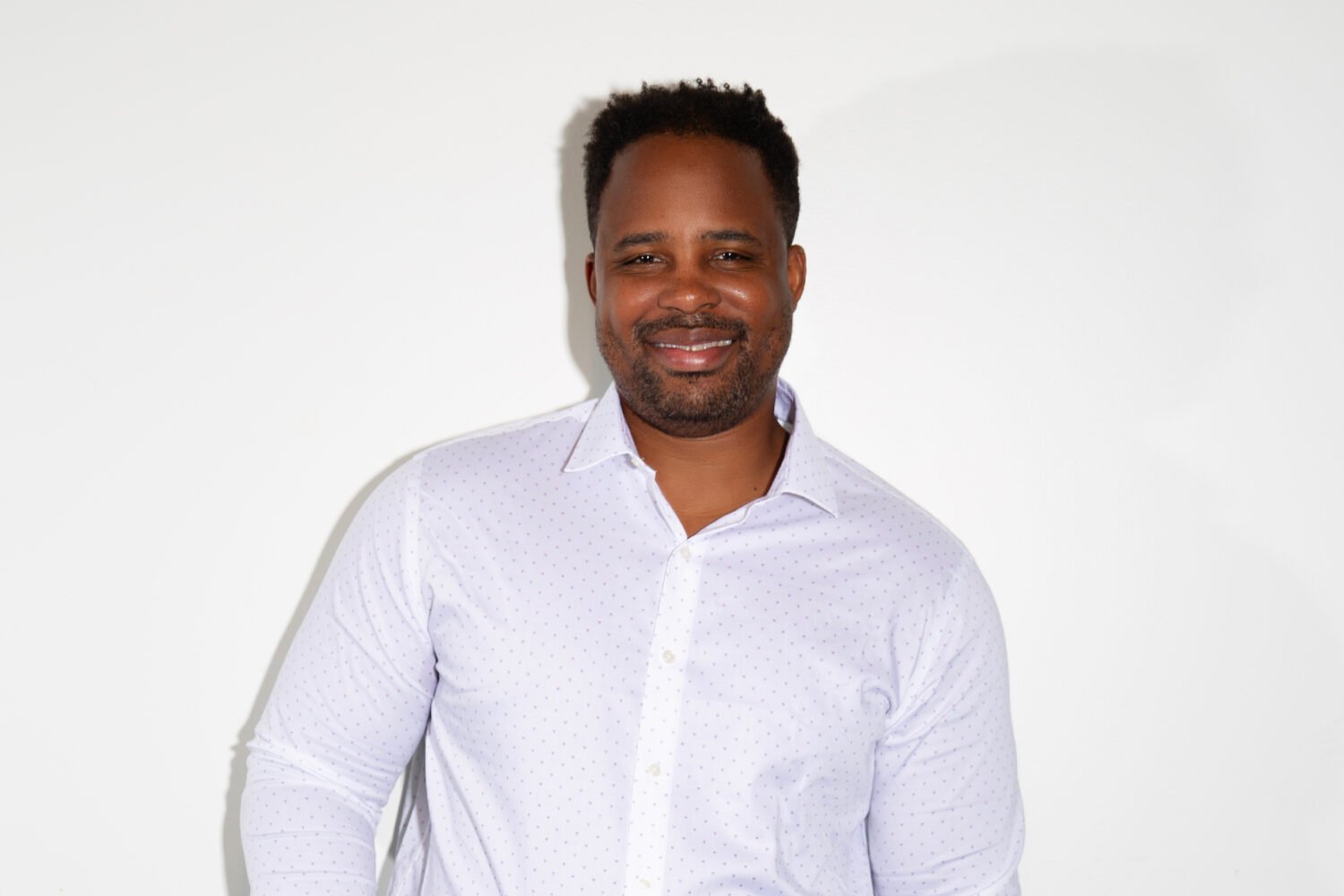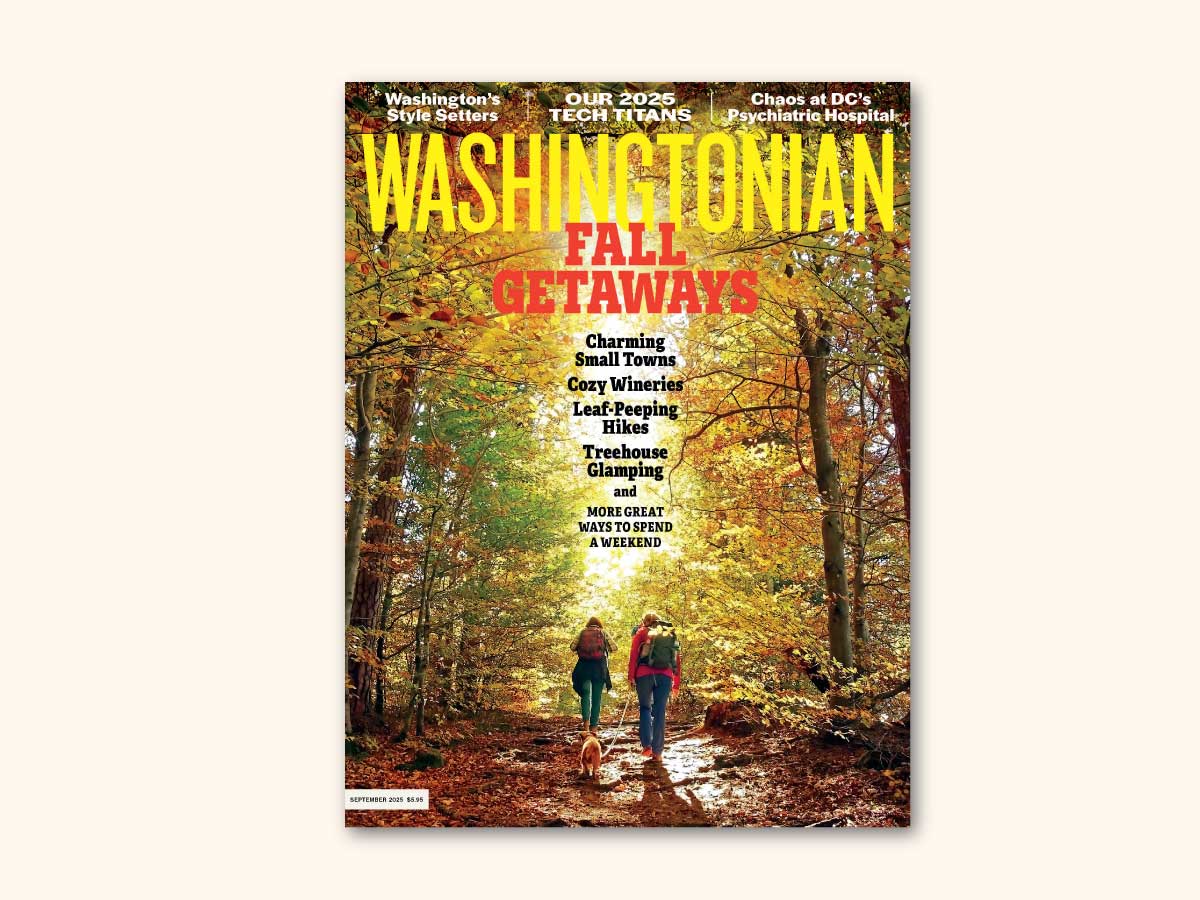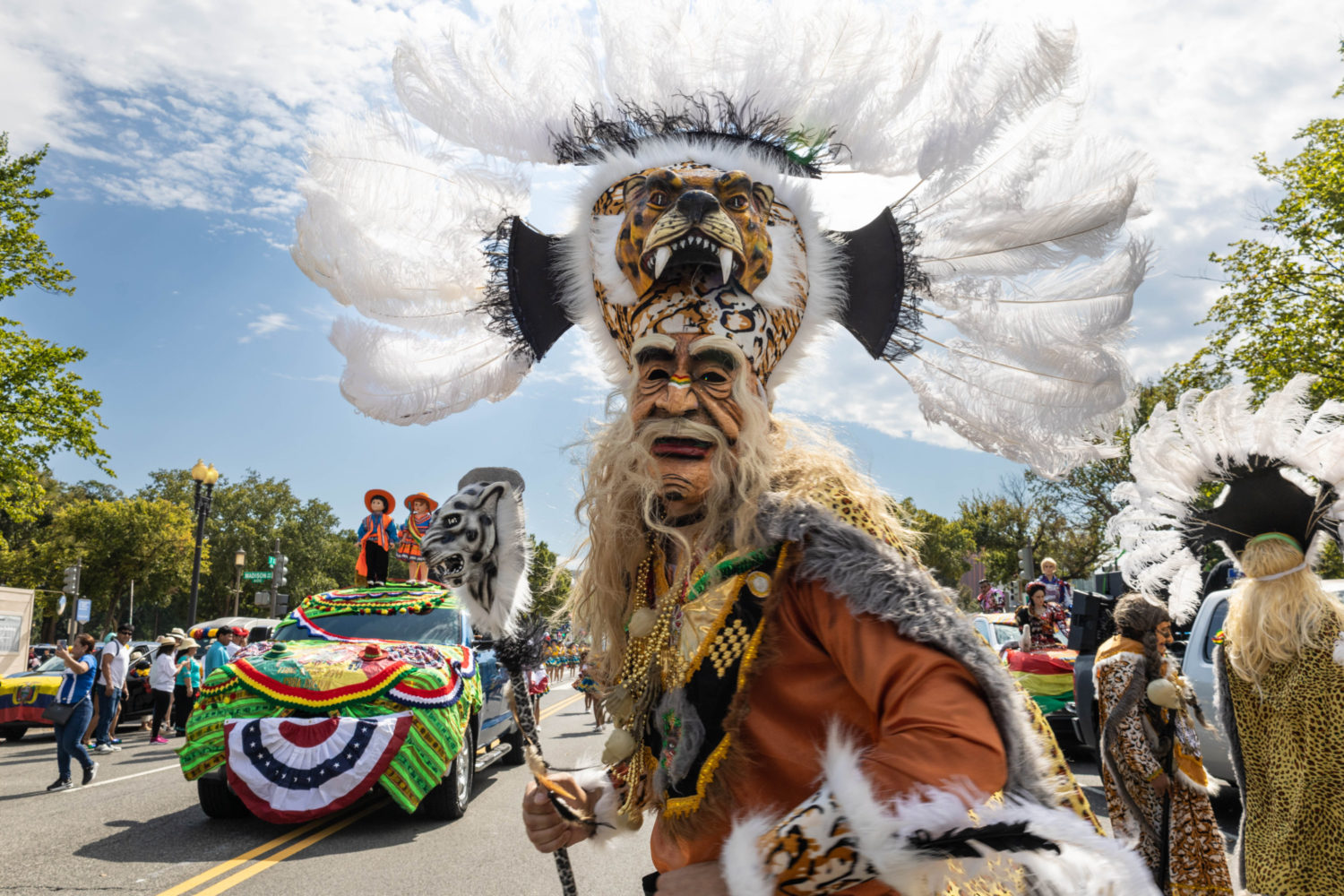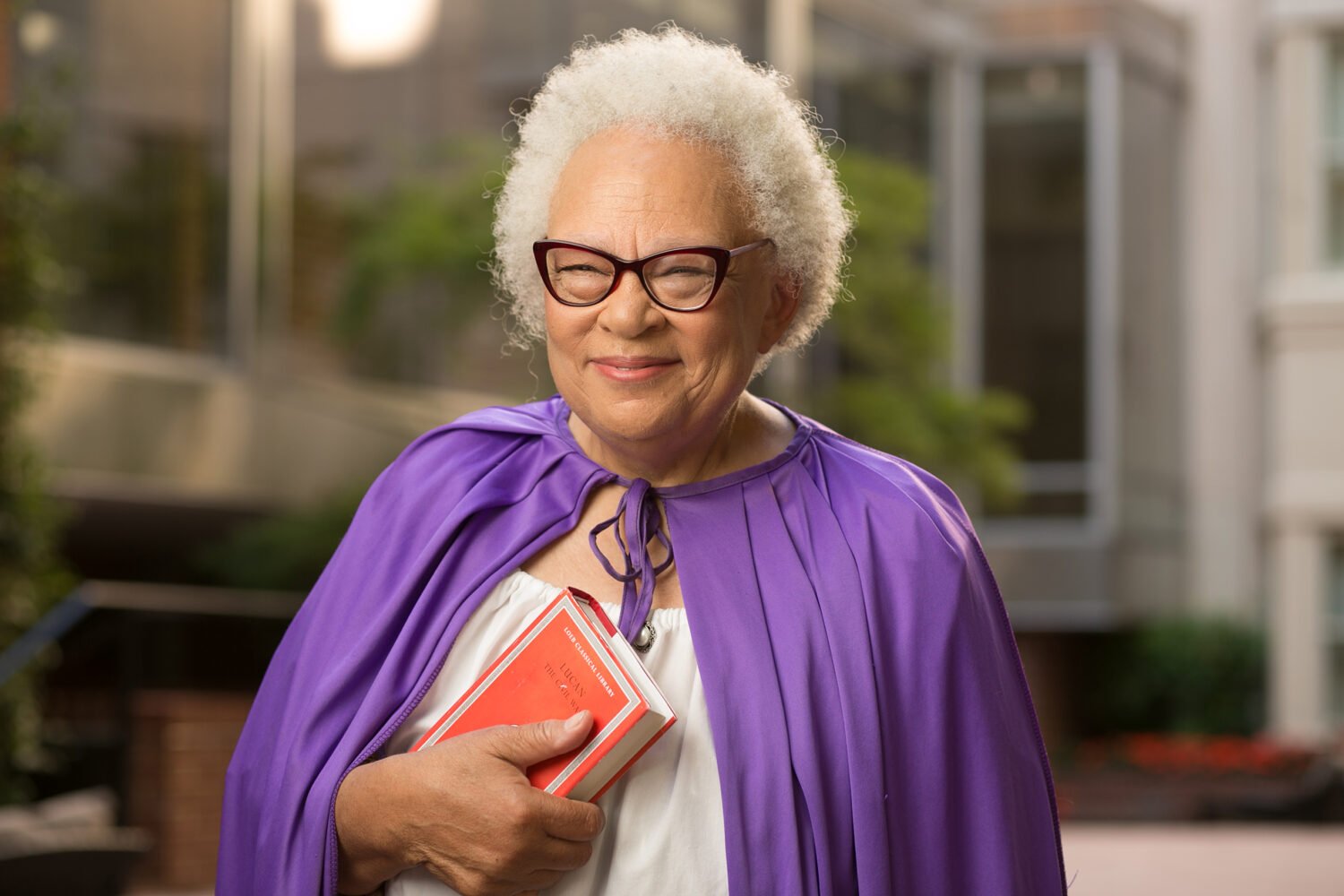In October 1991, a 35-year-old law professor named Anita Hill described for the nation, in disturbing detail, how then–Supreme Court nominee Clarence Thomas allegedly had sexually harassed her while she worked for him at the Equal Employment Opportunity Commission and the Department of Education. Hill, an Oklahoma native and Yale Law grad, had started her career at the Washington firm Wald, Harkrader & Ross before entering government service in the District. Three decades later, as revealed in her new book, Believing: Our Thirty-Year Journey to End Gender Violence, her life continues to be shaped by that decision to speak up.
Part memoir, part call to action, Hill’s book offers a sweeping look at how sex-based discrimination and violence permeate nearly every facet of the American experience. Now a professor of social policy, law, and gender studies at Brandeis, she examines the problem—which she calls a public crisis—both as an academic and as somebody who, ever since the Thomas hearings, has been the recipient of countless letters and emails from other survivors. From her home near Boston, she shared what she’s learned and how far we still have to go.
When you testified 30 years ago, did you realize this fight was forever going to become part of your own story?
No, absolutely not. That was not my intention. I remember [at the time] getting a letter from a woman who described herself as a band teacher from Oregon, and she said, “There will be waves of women behind you.” Honestly, I had no idea what she was saying. It really wasn’t until I started to hear from women over and over again and my mailbox was flooded. They wanted answers about the Senate hearing, but more importantly, they wanted answers about how to address sexual harassment.
People would talk to me about sexual assault, and then somebody else would write a letter about intimate-partner violence. I’d hear from someone who would be talking about incest. I never expected any of this to happen. And I certainly didn’t expect to hear from men who had been victims of abuse. I really was oblivious, in some ways, to the resonance of the testimony.
What has it been like to become this sort of vessel for victims’ and survivors’ stories?
I think I’ve done my best to grow into the role. It’s not something that I take lightly. But in hearing from so many other people, I realize I have a lot of resources that many victims don’t have. I was fortunate enough to have a law degree that helped me analyze the problem. I had a job that was secure because I had tenure. I didn’t have children I had to worry about.
What has your fight against gender violence looked like in practice?
The fight in practice led me to leave a job teaching law to understand the social and cultural aspects of the problem. I spent 15 years teaching in a law school and learned a lot about the issues of sexual harassment, some about sexual assault and rape, and how the legal system approaches those problems. But what was missing in that experience was: How do people feel it socially? How do they feel it culturally? Economically, what is going on when we talk about gender violence? The case law is not going to tell you what kind of medical problems [victims and survivors] might have, whether they can find a home, how it will impact their children’s education. So I [focused on policy in addition to law] and kind of started my career over.
Today happens to be the first day of school in DC, so I was thinking about the portion of your book that explores how gender violence starts in elementary school.
That is the chapter that really breaks my heart. At the core of the problem is a set of rules about harassment that puts an inordinate burden on the victim. The messages that they hear over and again—and it happens quite a bit to girls—is that this behavior of harassment and bullying is not that bad. Or it’s just something that boys do—or even worse, they’re told that boys are doing it because they like you. What we know from the research is that these problems start in ways that some people think are innocuous, but then they escalate.
Where do you see yourself in the context of the Me Too movement? Do you think we get Me Too without your testimony? Do we ever get to meet Christine Blasey Ford?
I think what happened in 1991 was the beginning of a conversation, a building of a platform on which we could have public hearings and public conversations about a whole range of problems. So who knows what would have happened—what might have happened that could have triggered [Me Too]? But I think at least one of the triggers was the 1991 hearings.
What did it feel like watching Ford, nearly three decades later, go through the same thing you did?
It was so disappointing. If things had gone the way I wanted, there would have been a clear process for her to file a complaint. As it was, she had to search around to find a way to get her statement heard. There should have been [a process] in place, and there still isn’t, as far as I know. The investigation should have been different. It was limited in terms of finding out the truth and the context for the events she described, and it was under the control of [the President], somebody with a vested interest in a specific outcome. I’d like to say it was a surprise. Unfortunately, it wasn’t.
Did the fact that three of the same committee members were still there feel like déjà vu?
It absolutely did. But there were some glimmers of hope. There were some senators—in particular, I’m talking about Cory Booker—who actually talked about the need to get it right this time, the need to hear survivors and victims. It was also very comforting to know that [so many] people [were furious about] the outcome.
But people were similarly outraged, after your testimony, that Clarence Thomas was still confirmed.
A minority. A minority. If you go back and look at the record, a majority of people believed that Thomas should be confirmed. There was a Pew poll, I believe it was, and 70 percent of the people said they essentially believed Clarence Thomas, or that I had perjured myself. So that was very different after Christine Blasey Ford’s testimony. I think it’s because of all the things we’ve learned and because of all the stories we’ve heard, including the Me Too stories just a year before. So even though it seemed like some members of the Senate had been living in a vacuum, the American public was not.
And that was a comfort?
That was encouraging.
You later met Ford when she introduced you at a lecture. What was that like?
Mostly, what I wanted to know was how she was doing, how she was handling it, and what we can do to make this better for the next person who comes along.
Is that an ongoing conversation the two of you are having?
It’s not an ongoing conversation because we both have lives and she has her life to live. But it is something that I think we both will continue to struggle with and to be in touch about. I wanted that Senate Judiciary Committee hearing to be different. It wasn’t. And now in the aftermath, I want her to be safe and whole and to heal from this.
When did you feel that you were safe and whole and healed?
I can’t put a date on it. It was gradual. And because this problem is ongoing and because of my own choice of trying to make sense out of it and trying to carve out a path for a different conversation and for some solutions, all of this is ongoing. I don’t think that the healing ever just stops and I can say I’m absolutely over this. And I don’t know that I need to be. It motivates me.
Joe Biden was chair of the Senate Judiciary Committee during Thomas’s confirmation, and he has been criticized for not calling other accusers to testify. How did it feel when you became a topic in the 2020 election?
I had wanted the issues of Me Too and the Kavanaugh hearings—issues that had actually been a part of the 2018 midterms—to be front and center in the 2020 election, and they weren’t. So I was already thinking: Why aren’t we talking about this? Why aren’t we talking about violence against women? Why aren’t we talking about gender-based violence and abuse? For me, this is enormous. For me, this is a public crisis. So I never felt that the issue was divorced from the 2020 election. It wasn’t that I just saw the issue through the candidacy of Joe Biden.
But the fact that people brought up his treatment of you and his mishandling of the Thomas hearings—did that, in a way, make you hopeful?
That made me understand that, yeah, people are still thinking about this, so why aren’t the candidates talking about it, and why aren’t the [media] pressing the candidates to talk about it? Why isn’t this part of our political platforms? Why aren’t we saying this is a problem we should not pass on to another generation?
You write in the book about wanting a President who will make gender-based violence a priority, and you say we haven’t had one yet. What would it look like to have a President really leading on this issue?
We’ve got two people sitting on the Supreme Court who have been credibly accused of sexual misconduct. In the House and the Senate, we’ve had rules to address sexual misconduct, but in 2018 we realized that many of those rules basically covered up for abusive behavior. On August 26, there was a lawsuit filed by two dozen current and former federal-court workers [claiming that] the judiciary was not doing enough to handle bias and harassment complaints. So that’s the first thing I want—a President to actually see the totality of this, even just in their own government. But also to see what’s going on in our workforce and realize it’s costing us economically, and [to see] what happens when something like Covid strikes and the amount of intimate-partner violence spikes. There are certain families that are one catastrophe away from being unsafe.
I would like to see better measurement. Senators Dianne Feinstein, Patty Murray, Elizabeth Warren, and Kirsten Gillibrand wrote to the Government Accountability Office asking for figures on the cost of sexual harassment in the workforce. And the way I read the response was that we don’t have that information. Well, we should have it. You measure what you care about, and you can’t fix what you haven’t measured.
We need to have agencies with specific policies that are intentionally and deliberately meant to address victims of violence, and the Violence Against Women Act needs to become more than it is. The idea that the federal government has a role to play in protecting women from violence needs to be affirmed in the law. One out of four of our daughters, sisters, and nieces heading to college will be sexually assaulted or harassed in their first or second year. Half of all working women will experience sexual harassment in the course of their working lives. Add that to the unknown number of children who are going to be bullied or harassed. We have a lot of work to do.

